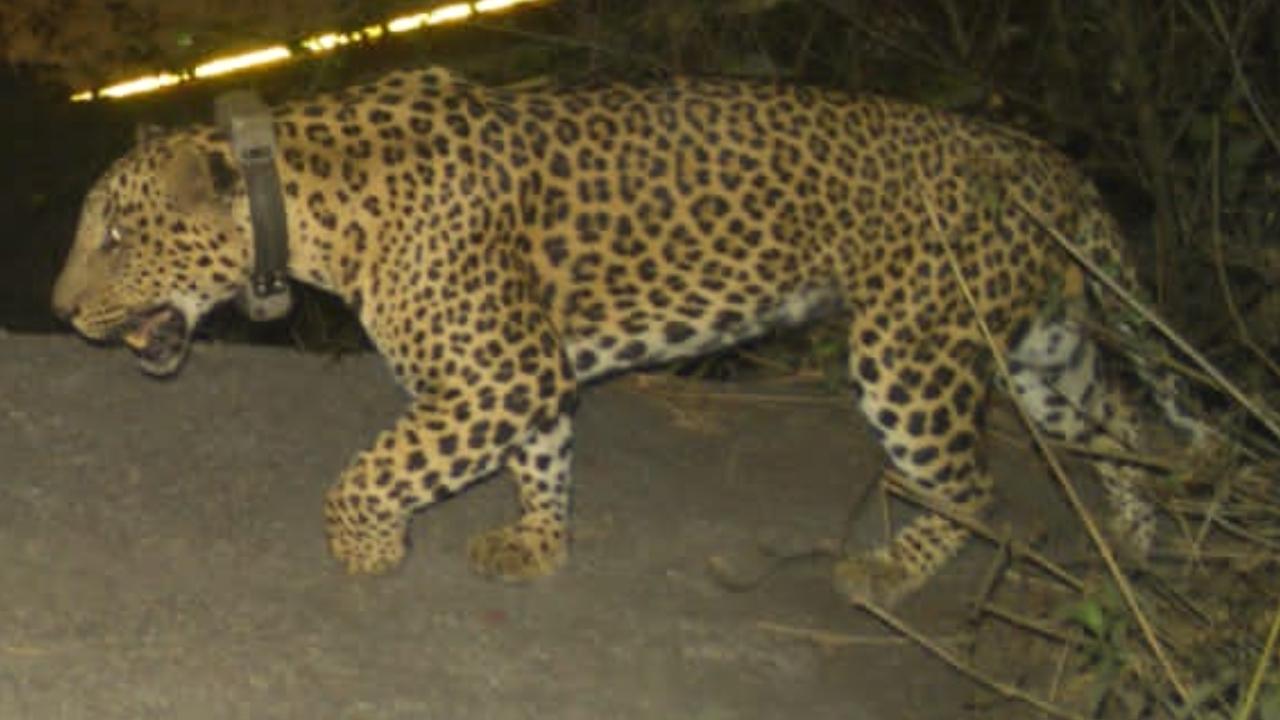A leopard radio-collaring project undertaken at Sanjay Gandhi National Park (SGNP), involving two males and three females, has shed light on the secret lives of the big cats. Officials have learnt that the leopardesses have a smaller home range compared to their male counterparts
Updated On: 2023-05-16 05:15 PM IST
Compiled by : Asif Ali Sayed


A home range refers to the area in which an animal lives and moves on a periodic basis. The smallest home range recorded for an adult female (L36) was 2.58 sq km while the largest for an adult male (L93) was 84.26 sq km
The Maharashtra forest department and the Wildlife Conservation Society-India undertook a collaborative research project to study these elusive creatures from August 2020 to August 2022 and radio-telemetry was adopted for the first time in two phases to gain an understanding of leopards’ secret life in a unique habitat
The project sought to understand leopards’ interactions with humans in an urban landscape. Its other main objectives were to understand how the big cats utilise space and time in the SGNP landscape and how they move across major roads and highways such as Ghodbunder Road
The study is titled 'Understanding leopards and their interactions with people: dispersal, home range size and habitat use of leopards in a human-dominated landscape of Mumbai using GPS telemetry'
Mumbai’s history with radio-collared leopards goes back ten years when Ajoba, a radio-collared male leopard from Malshej Ghat, walked approximately 120 km and reached SGNP